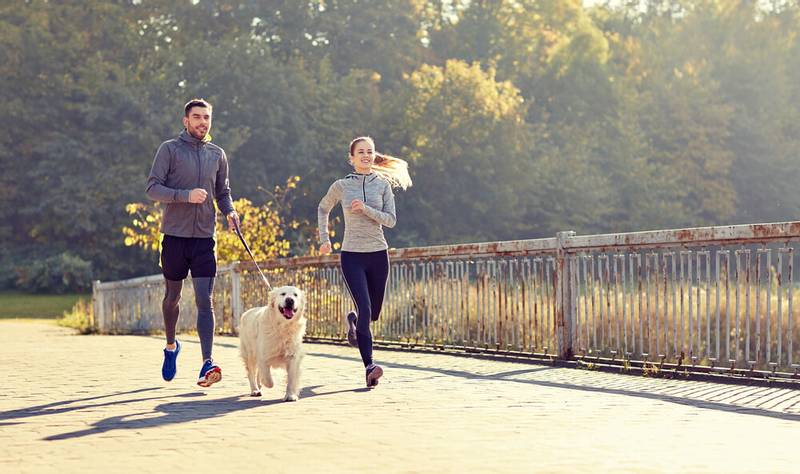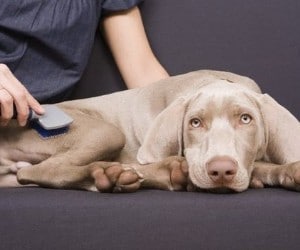If you want to get your pet involved in exercise, make sure you know where to start first. After all, , otherwise jogging is good for dogs, as it is for people, only if you follow all the rules and recommendationsyou can harm your health rather than strengthen it.
For starters, it’s worth mentioning that not all dog breeds are apt at all for running. Decorative breeds are definitely not suitable as companions in this sport, nor are short-legged corgis or brachycephalic dogs, whose muzzle structure makes it difficult to breathe.
But dogs such as Pointers, Terriers, Greyhounds, Setters, Huskies, Retrievers, Sheepdogs, and Beagles do like to run.
However, if you have a puppy, you shouldn’t run with him at all yet, as it can have a negative impact on his health. Wait until the dog is a year and a half old.
Before you take your dog for his first run, take him to the vet for a health check-up to make sure he’s fit and healthy.

If your dog’s breed, age and health allow him to run, take a look at the advice below.
- Harness and Leash
Buy a harness and a shorter leash. This is more comfortable for both you and your dog – the harness won’t put pressure on his neck, and the shorter leash will give you better control. There are also special hands-free leashes which you can attach around your waist. Be sure your dog is perfect at loose-leash walking.
- Feeding a Dog Before Running
Don’t feed your dog before and right after he runs. Allow at least an hour between eating and running, meaning you shouldn’t feed your dog for less than an hour before and another hour after.
- Water & Treats
Take water and treats with you. And don’t forget to make stops to let your pet drink. And treats will help you encourage and motivate your dog.
- Making a Warm-Up
Do a warm-up before you go for a run. A short game together will help warm up both you and your pet’s muscles.
- Start with Short Distances
Begin jogging for short distances. Don’t stress your pet out with long stretches. 2-3 km at a slow pace should do the trick. And remember that dogs aren’t marathon runners, but sprinters. Of course, if you want you can accustom your pet to longer distances, but you must do it gradually.
- After-Run Paws Check-Up
Check your pet’s paws after a run. While running, there’s a risk of cutting his paw pads or burning them on the hot pavement.
- How to Avoid Boredom
Remember about variety. Change routes, distances, and pace – don’t let him get bored with monotonous activities.
- Dog Heath & Well-Being
And most importantly: pay attention to the condition and mood of the dog! If he gets tired quickly, doesn’t want to run, or doesn’t feel well after your workouts, don’t force him, rather go to the clinic and have his health checked.




Leave a Reply